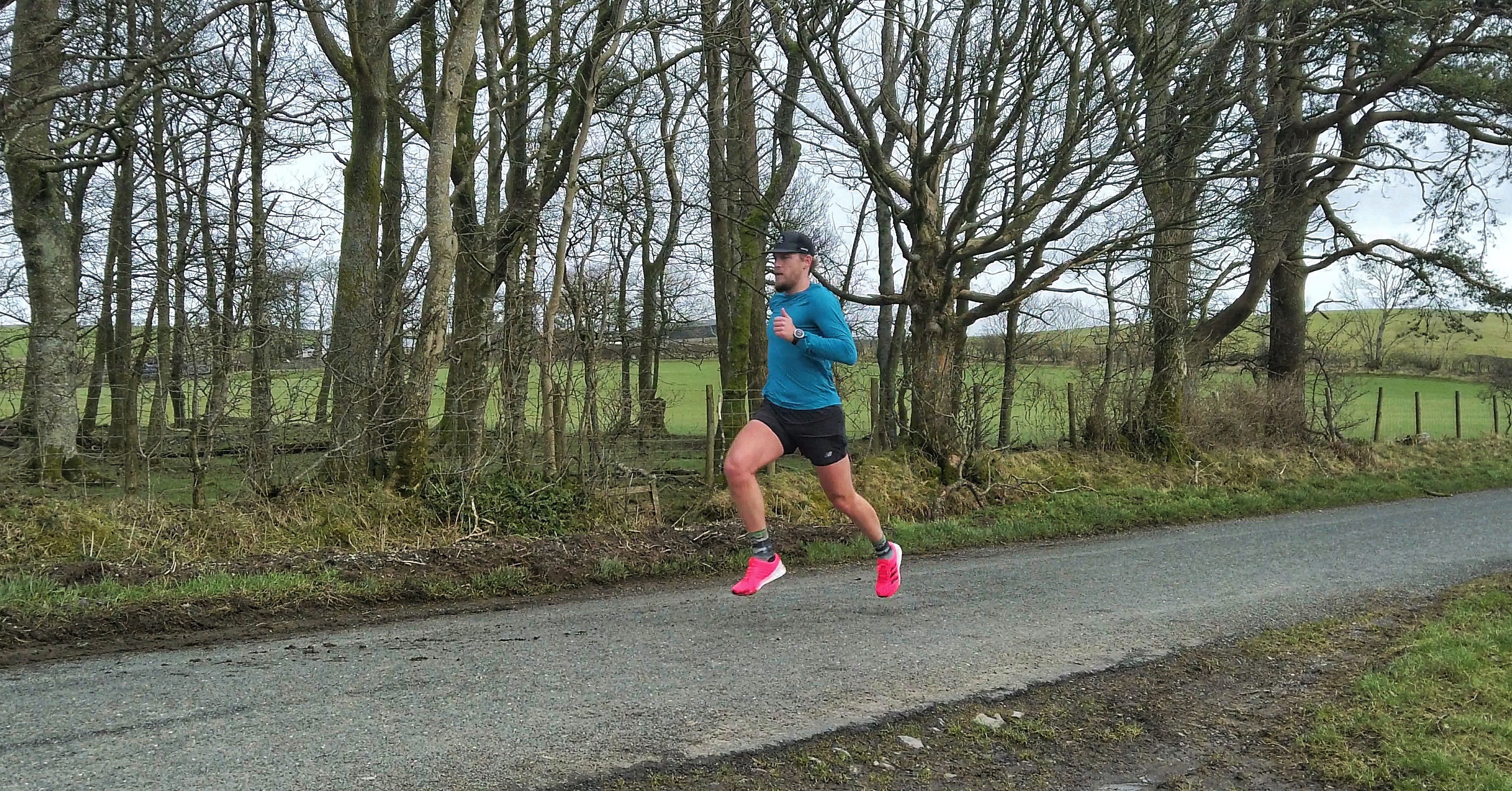Strength Training Over 50: It’s Never Too Late to Start
- Darren Haworth

- Aug 4
- 2 min read
When most people think about strength training, they picture twenty-somethings grunting their way through a gym session. But the truth is, building strength becomes even more important as we get older – and you’re never too old to start.

If you’re over 50 or in your 20s and thinking about adding a bit of resistance work to your routine, good for you. It’s one of the best things you can do for your health, mobility, and overall quality of life. And don’t worry – you don’t need to be heaving huge weights or spending hours in a gym to see real benefits.
Why Bother with Strength Training After 50?
As we age, we naturally begin to lose muscle mass – it’s called sarcopenia, and it can start as early as our 30s. By the time we hit our 50s and beyond, that muscle loss can affect balance, mobility, and general strength.
Strength training helps to:
Preserve and build muscle mass
Improve bone density, reducing the risk of osteoporosis
Support joint health
Boost metabolism, making it easier to manage weight
Improve balance, reducing the risk of falls
And, perhaps most importantly, enhance everyday life – from carrying shopping to getting up off the floor
You Don’t Need to Become a Bodybuilder
The great news? Strength training doesn’t have to mean heavy weights and sweat-soaked gym sessions. A simple, consistent routine using bodyweight exercises, resistance bands, dumbbells is often enough to see real changes.
Here are a few beginner-friendly options:

Squats (or chair sits if you’re just starting)
Wall push-ups or incline push-ups
Step-ups (use a staircase or sturdy step)
Resistance band rows
Dumbbell shoulder presses
Focus on form first, not the weight. You should feel the muscles working, but you shouldn't be in pain. And always warm up before starting – a bit of marching on the spot or gentle stretching will do.
How Often Should You Train?
Two to three times a week is perfect for most people. It gives your body time to rest and recover between sessions. And don’t forget: recovery is just as important as the workout itself, especially as we age.
Mix in a bit of walking, swimming, or cycling if you enjoy it – strength training works best alongside general movement.







Comments